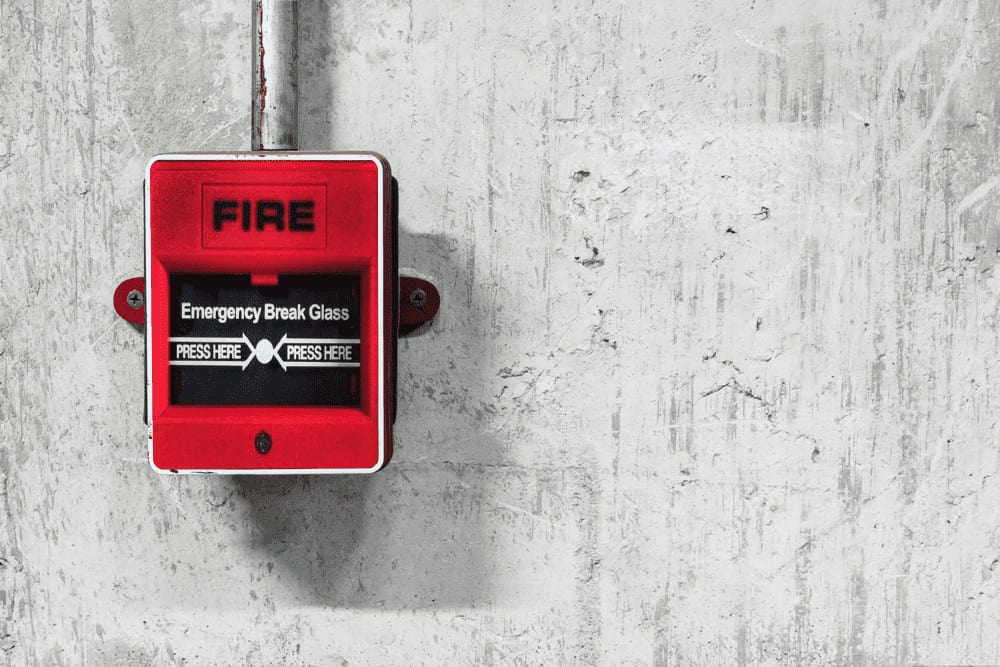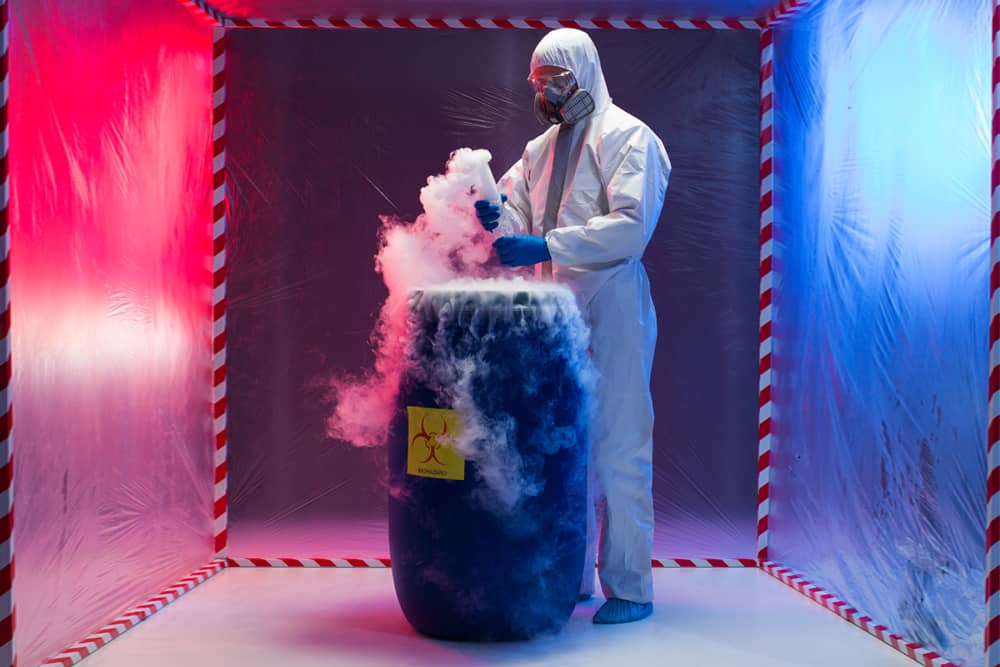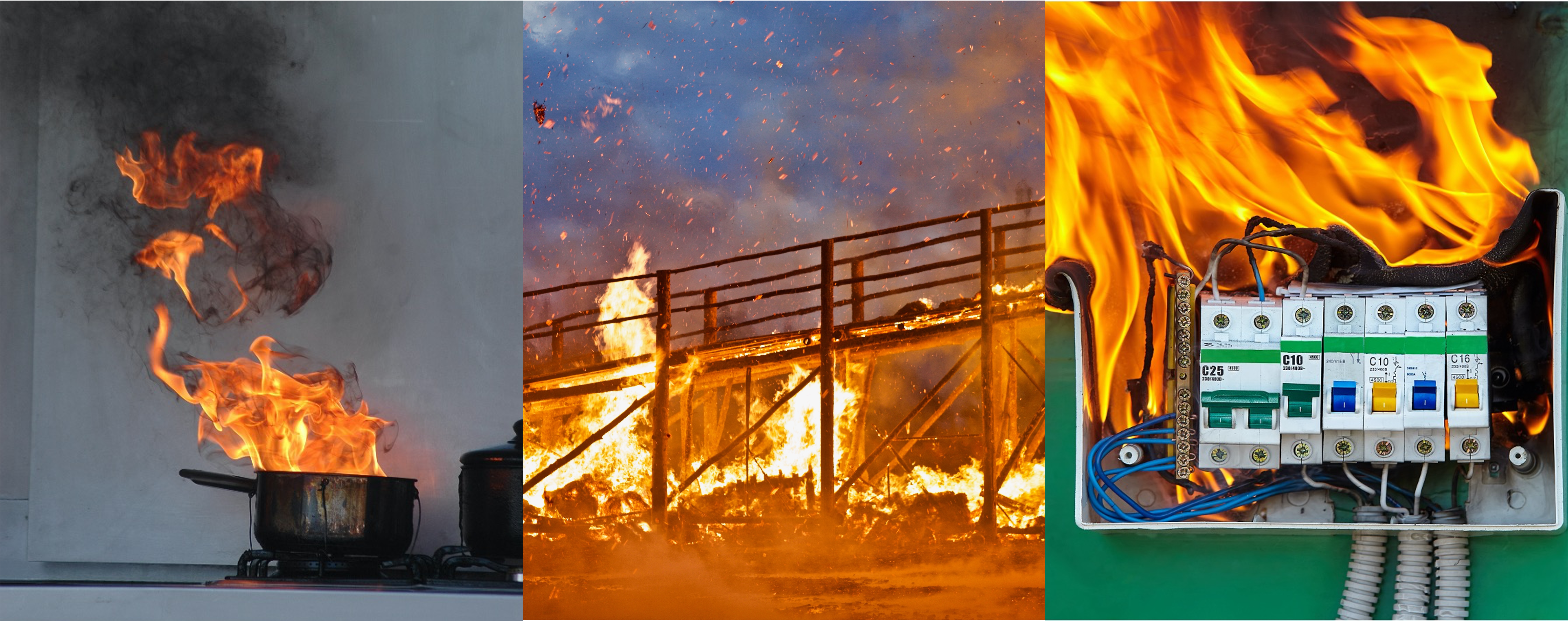
Ensuring the highest standards of fire safety is one of the most important risk controls your organisation can implement. If a fire were to occur at work, it could have devastating effects – people can lose their lives.
Your organisation may never recover. Fast and effective action by staff members can save lives and prevent significant property damage. Participating in a fire safety course will ensure your employees have the skills and knowledge to act appropriately if a fire occurs.
Fire safety training for employees will teach your staff what to do if a fire breaks out and will also teach them valuable fire safety awareness skills. A fire safety course ensures participants are trained on how to identify and eliminate or reduce potential fire risks in the workplace.
Additionally, employers have a legal duty to provide fire safety training for employees. In this article, we will provide you with a quick guide on what should be included in a fire safety course.
Who Is Responsible For Fire Safety Awareness?
The responsibilities for fire safety awareness in the workplace are contained in the Regulatory Reform (Fire Safety) Order 2005 (FSO).
Under the FSO, every employer is legally bound to provide their employees with appropriate and accredited fire safety training. Employers must also perform regular fire safety risk assessments, develop fire safety procedures, and keep staff informed of all such risks and procedures.
An employer should appoint competent persons with specific responsibility for fire safety. While this person or persons can perform duties to ensure fire safety in the workplace, ultimately the legal responsibility still lies with the employer. Failure to provide fire safety training for employees can result in severe financial penalties or even a prison sentence.
If you are an employer, you should make sure your employees undertake a fire safety course. This will help you to meet your obligations under the FSO and will help you and your team to prevent fires from starting in the first place. In the event that a fire does occur, skills gained from a fire safety course can save lives.
Fire Safety Responsibilities
There are three fundamental fire safety responsibilities that everyone needs to know and that can be covered in a fire safety course:
1. Fire prevention
We all need to keep our eyes open to identify fire hazards and take action in order to keep the workplace safe. Prevention tips include keeping workplace area clear of combustible waste and ensuring flammable liquids are stored according to manufacturer recommendations
2. Fire evacuation
A fire safety course should give everyone the knowledge to assist with the rapid, safe evacuation of the premises in the event of a fire – including assisting visitors and members of the public who aren’t familiar with the evacuation arrangements in your organisation
3. Extinguishing fires
You might be given training to help put out small fires before they can spread and cause significant damage. It must be emphasised that this is only for small fires, and you are not expected to take any risks with your own safety.
What Should A Fire Safety Course Cover?
The extent of the information that a fire safety course covers depends on the nature of the work environment. Employees who work in high-risk workplaces, such as commercial kitchens or foundries will require more in-depth training than office workers.
Generally, there are four key areas that should be addressed in a fire safety course:
- Fire prevention and fire safety rules and regulations
- Actions that should be taken in the event of a fire
- How to use and maintain firefighting equipment
- How to report incidents and conduct fire drills
We will now briefly look at each of these elements in more detail.
Fire Prevention and Fire Safety Rules
A fire safety course should provide participants with detailed training on how to identify, eliminate or reduce fire hazards in the workplace. Basic fire prevention techniques should be addressed, as well as the importance of good housekeeping practices in the workplace.
Trainees should learn the importance of fire risk assessments and be shown how to undertake them. For instance, an overview of general fire safety rules in the workplace should be provided that deals with issues such as the company’s smoking policy. The fire safety course should also detail how to develop a fire emergency plan.
What To Do If There Is A Fire
Trainees should learn the correct steps to take if they discover a fire, and what to do if the fire alarm goes off. All fire exits, places of refuge and evacuation routes should be thoroughly detailed. Duties and roles in the event of a fire should be outlined. These include who is responsible for alerting the authorities and how to raise the alarm if a fire is discovered.
The course should outline evacuation procedures, including how to deal with the general public and special procedures for evacuating vulnerable people such as the elderly, children or disabled people.
The Use And Maintenance Of Firefighting Equipment
Trainees need to know where to find firefighting equipment quickly, how to operate it safely and correctly and how to make sure all equipment is kept in good order. The training should cover the use of fire extinguishers and fire blankets. Larger workplaces may require specific staff to receive additional training.
Instruction should be given on how to maintain fire doors, where they are located and why it is crucial that all fire doors remain closed in the event of an incident. For any workplaces that use machinery, trainees need to know the correct emergency shutdown procedures, including how to power down machinery and isolate any power supplies.
Fire Alarms, Reporting Incidents and Fire Drills
It is crucial that staff learn how to report any fire incidents, including any ‘near misses’, where a fire could have broken out but did not. The location of fire alarms, their proper use and what to do if a fire alarm sounds should be gone into in detail.
Fire drills are a key training system – they ensure everyone is properly prepared to deal with a fire. They help you know what to do and where to go should the worst happen. They are also an excellent opportunity for everyone to practice and check the fire evacuation works.
During fire drills, nominated fire wardens will assist staff in following the prescribed fire evacuation system. Fire wardens must also look out for any issues that may need to be reported and addressed; like alterations to the premises, or new machinery affecting how the premises are evacuated.
During a fire drill, as in an actual fire, staff should ensure that equipment is powered down and flammable materials are stored away safely – where time allows.
How Often Should You Take Fire Safety Training?
Fire safety training should be included in all induction training for new staff. Additionally, all staff should receive refresher training at least once a year. This will ensure that employees keep their fire safety knowledge current and will react promptly and appropriately if there is a fire.
Changes to the workplace environment or any changes made to systems of work could also be reasons to update and refresh fire safety qualifications. Any business that has a high turnover of staff, is responsible for vulnerable people or is in a high-risk environment should provide staff with regular fire safety training.
Where To Find Fire Safety Training For Employees
Providing appropriate, regular fire safety training for staff is an effective way to protect your business from the risk of fire. It is also a legal requirement for employers in the UK to provide proper fire safety training for employees. A fire safety course run by a reputable provider will help you meet your legal obligations. It will also give your staff the skills they need to keep the workplace safe.
You can find a range of accredited and certified fire safety training for employees on the Human Focus website. Courses such as Fire Risk Assessment Training and Fire Extinguisher Training provide participants with a solid knowledge of how to identify fire risks and how to use fire equipment in an emergency.
























































































































































































































































































































































































































































































